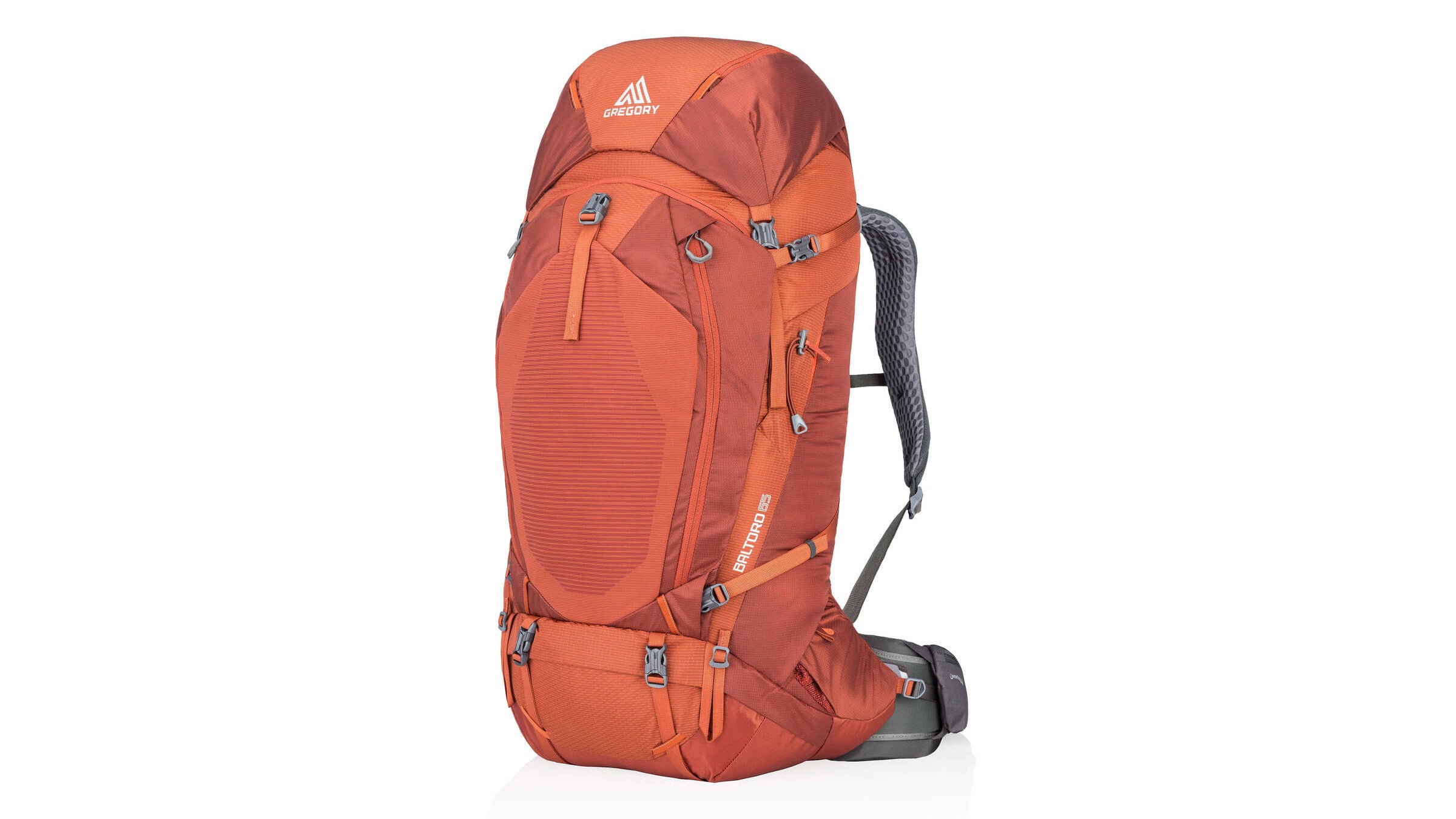This Load-Eating Pack Helped Me Thru-Hike in Comfort

(Photo: Courtesy)
The best gear is the kind that lasts. In 1,000-Mile Test, our reviewers return to favorite pieces of gear to see how they perform on the trail after multiple years and hundreds or thousands of miles.
In 2011, I thru-hiked the Appalachian Trail with a Baltoro that I picked up at an REI garage sale simply because it was affordable. I didn’t know much about gear at that time, but the pack worked perfectly for the 2,181 mile trek. So when my wife and I set out to thru-hike New Zealand’s 1,900-mile Te Araroa in 2014, I knew I wanted to re-up on a pack that would help me shoulder weight comfortably and last for the entire journey. Getting another Baltoro was an easy choice.
Since I’m not a hiker who counts ounces over comfort and features, the Baltoro’s nearly 5-pound weight doesn’t bother me. I’ll gladly trade an ultralight setup for this pack’s load transfer and comfort: I shouldered 40-pound hauls between resupplies without back pain or hot spots, thanks to an aluminum frame and a pivoting, padded hipbelt that moves with your body as you walk, distributing weight to all the right places (I especially appreciated this on all Te Aroroa’s relentless ups and downs). With nine external pockets and a front U-zip panel access, I was more organized on the trail than off and avoided pack explosions.
Most importantly, the Baltoro stood up to the rigors of a long trail. Its 210-denier nylon body (with bomber 630-denier nylon on the bottom),was key for navigating rocky sea cliffs, volcanic boulders, thick tussock, salt water, and even curious weka birds who tried unsuccessfully to peck though my bag while I rested for lunch. A lesser pack would have fallen apart, but this one made it to the end, and it has been my constant companion in the 7 years since. I’ve put more than 3,000 miles on the Baltoro, and it shows no signs of breaking down any time soon. If another thru-hike is in my future, I know what will be on my back.